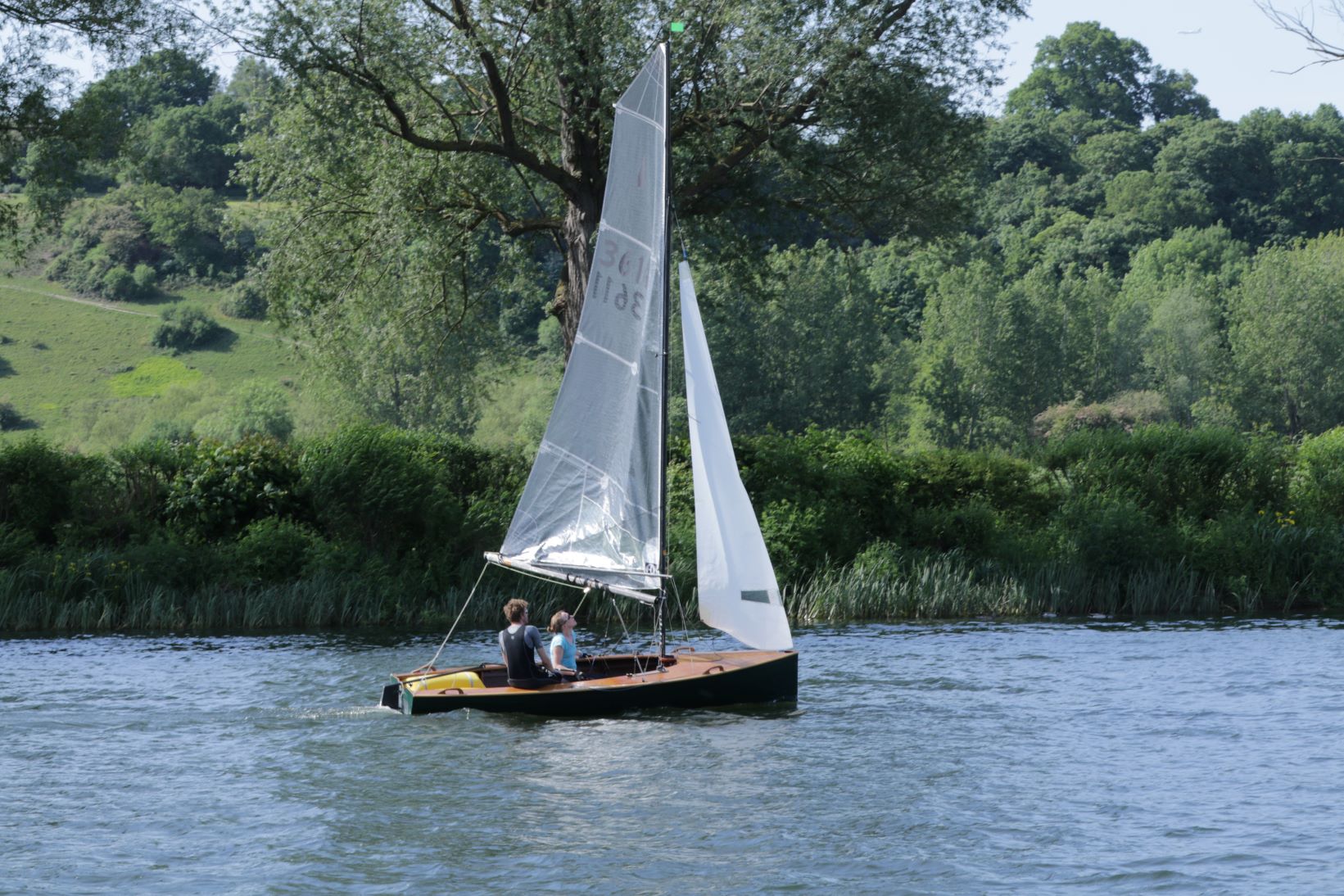admin Date , 2024 Sailing Previous Blog Wind Comments (0)
Sailing is one of the oldest forms of transportation, yet the principles that propel a sailboat forward remain as fascinating today as they were centuries ago. At the heart of sailing lies a captivating blend of physics and aerodynamics. Far more than just fabric catching the wind, sails operate much like airplane wings, harnessing the power of wind to generate lift and propel the boat. In this article, we'll explore the science behind how sails work, diving into the concepts of lift, angle of attack, and drag. So, hoist your sails and let's set off on this scientific journey!
The Bernoulli Principle at Play
To understand how sails work, we first need to understand the lift concept. Contrary to what you might think, sails don’t simply “catch” the wind like a parachute. Instead, they function more like aeroplane wings, generating lift that propels the boat forward. Here’s how:
Bernoulli’s Principle:
This principle is central to the science of sailing. When wind flows over the curved surface of a sail, it speeds up on the side where the sail curves away from the wind (known as the leeward side) and slows down on the side where the sail is flatter (the windward side). This difference in wind speed creates a pressure difference: lower pressure on the leeward side and higher pressure on the windward side.
Generating Lift:
This pressure difference creates lift, much like an aeroplane wing. The lift is what pulls the boat forward and slightly sideways. However, boats don’t just slide sideways because of another key component: the keel or a centreboard.
The Role of the Keel:
The fin-like structure beneath the boat acts against the water to prevent the lift force from pushing the boat sideways. This resistance enables the boat to convert the lift into forward motion, allowing it to sail even at an angle to the wind, a manoeuvre known as “sailing close-hauled.”
Imagine you're holding your hand out of a car window. If you tilt your hand slightly, you’ll feel it lift upward. This is a simple demonstration of lift—now, think of the sail acting like your tilted hand but with the added complexity of moving a whole boat!
Just like Goldilocks, sails need to find that "just right" position. This is where the angle of attack comes into play, which is the angle between the wind direction and the sail's surface.
Here’s why it matters:
Optimal Angle for Maximum Lift:
The angle of attack needs to be optimized to generate the maximum lift. If the sail is angled too sharply into the wind (over-sheeted), it disrupts the airflow, causing the sail to stall, similar to a wing stall in an airplane. If the sail is too loose (under-sheeted), it flaps like a flag, losing power and efficiency.
Fine-Tuning for Performance:
Experienced sailors are constantly adjusting the sails to find the optimal angle of attack as wind conditions change. This fine-tuning is called “trimming” the sails. The goal is to position the sails so that they create the most lift with the least drag, allowing the boat to sail efficiently and quickly.
Imagine you’re balancing a spoon on your nose—too far back or too far forward, and it falls. Similarly, adjusting the sail’s angle must be precise to maintain balance and forward momentum.
While lift gets all the glory, let’s not forget about drag—the pesky force that tries to slow everything down. In sailing, drag comes from two main sources: air resistance on the sails and water resistance on the hull. Understanding and minimizing drag is crucial for efficient sailing.
Air Drag on the Sails:
As the wind flows over the sails, it creates friction, which generates drag. This drag acts against the boat’s forward motion. The goal is to set the sails in a way that maximizes lift while minimizing this air drag.
Water Drag on the Hull:
As the boat moves through the water, it pushes water aside, creating resistance or drag. A well-designed hull is streamlined to reduce this resistance. Think of how much easier it is to slice through water with the pointed end of a kayak rather than the flat side.
Balancing Lift and Drag:
The art of sailing involves balancing the forces of lift and drag. Too much lift without managing drag can lead to capsizing or loss of control, while too much drag can slow the boat down significantly. By optimizing sail trim and maintaining a streamlined hull, sailors can reduce drag and improve overall performance.
Think of drag as that one friend who always wants to slow down on a hike. Sure, you appreciate their concern for pacing, but sometimes, you just want to go faster! Managing drag is all about finding that happy medium where you move efficiently without getting held back.
